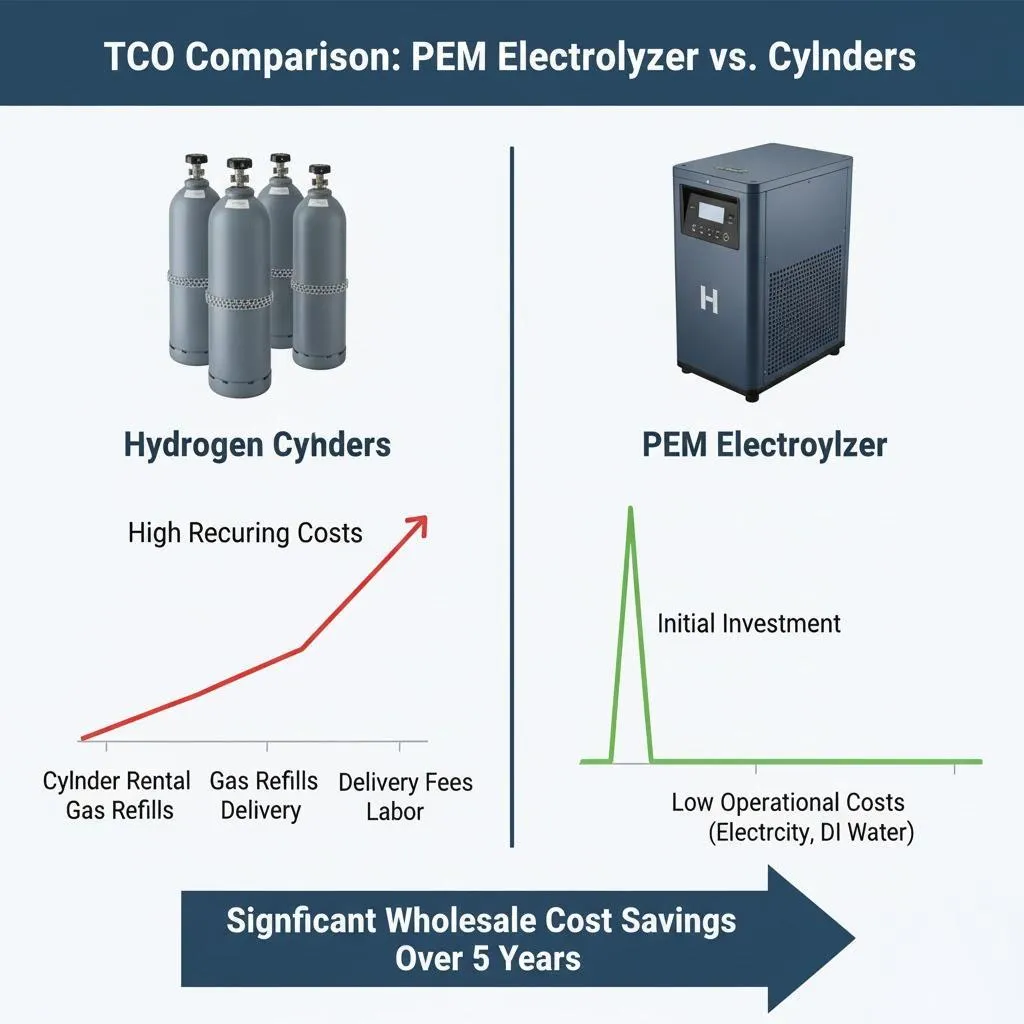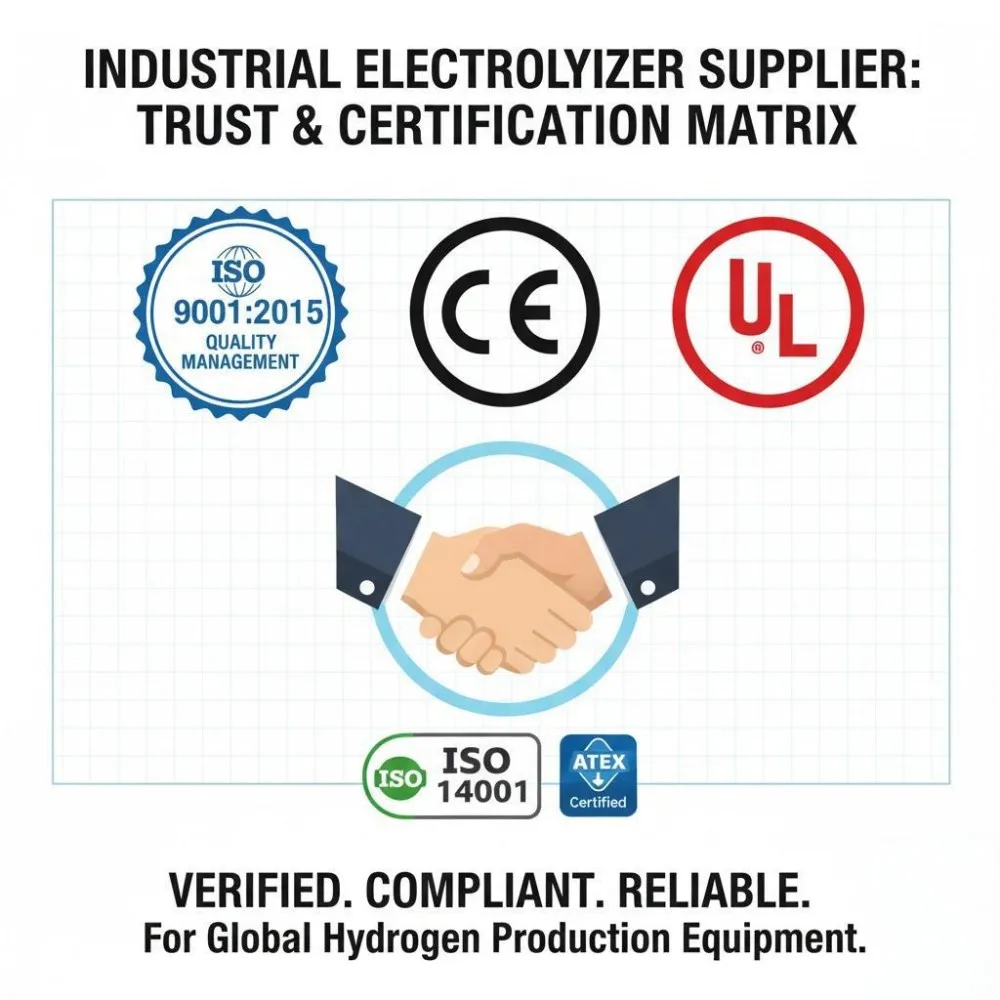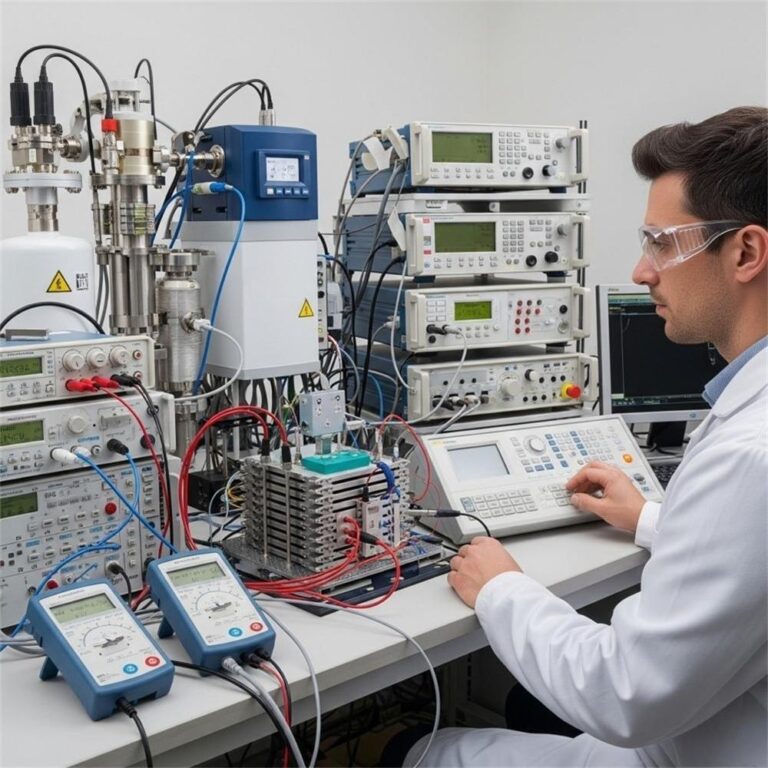Introduction to Green Hydrogen Production
In a world increasingly shifting towards sustainable energy, green hydrogen is making headlines as a powerful clean fuel. A green hydrogen plant produces hydrogen by electrolyzing water, using electricity sourced from renewable energy like solar or wind. Unlike grey or blue hydrogen, green hydrogen is carbon-free, making it a vital player in reaching global climate goals.
What is Green Hydrogen?
Green hydrogen is hydrogen gas produced through the process of water electrolysis powered by renewable energy sources. During this process, water (H₂O) is split into hydrogen (H₂) and oxygen (O₂) using an electrolyzer. What distinguishes green hydrogen is its reliance on zero-emissions power, meaning no greenhouse gases are released.
Importance of Green Hydrogen in Renewable Energy Transition
With the increasing urgency to decarbonize industries and transportation, green hydrogen offers a flexible and scalable solution. It stores energy efficiently, balances grid loads, powers fuel cells, and can even replace natural gas in heavy industries. Governments worldwide are investing heavily in green hydrogen infrastructure to meet net-zero targets.
Understanding MW Electronic Systems
Definition and Role of MW Electronics in Hydrogen Plants
MW electronics, or megawatt-scale electronic systems, are critical in green hydrogen plants. They manage and optimize the flow of electrical power required for large-scale electrolyzers. By ensuring efficient energy conversion and distribution, they make high-volume hydrogen production economically viable.
Key Components of MW Electronic Systems
Power Conversion Systems
Power converters transform renewable energy (often fluctuating in voltage and current) into a stable form suitable for electrolysis. This ensures the electrolyzers operate within their ideal performance range, maximizing efficiency.
Electrolyzer Power Supplies
These specialized units deliver precise voltage and current levels necessary for electrolysis. They must be robust, scalable, and adaptable to different renewable energy inputs.
Monitoring and Control Equipment
Real-time sensors and intelligent control systems continuously monitor energy flow, electrolyzer status, and environmental conditions. This ensures optimal plant performance and quick detection of any issues.
Fuel Cell Technology: The Heart of Hydrogen Utilization
Basics of Fuel Cell Operation
A fuel cell is an electrochemical device that combines hydrogen and oxygen to produce electricity, water, and heat. Unlike combustion engines, fuel cells are clean, highly efficient, and quiet, emitting only water vapor.
Types of Fuel Cells Used with Green Hydrogen
- Proton Exchange Membrane (PEM) Fuel Cells: Fast response, ideal for vehicles and backup power.
- Solid Oxide Fuel Cells (SOFCs): High efficiency at high temperatures, used for industrial power generation.
- Alkaline Fuel Cells (AFCs): Traditionally used in space applications due to their efficiency and reliability.
How Fuel Cells and MW Electronics Work Together
MW electronic systems regulate the power delivered to and from fuel cells, ensuring they operate within optimal conditions. In green hydrogen plants, this coordination enables seamless storage, distribution, and conversion of hydrogen into usable electricity.
Integration of MW Electronics with Fuel Cells in a Hydrogen Plant
System Architecture for Integration
Integration involves connecting electrolyzers, power converters, and fuel cells into a unified, digitally controlled network. Typically, a centralized controller oversees energy input, storage, and output, ensuring efficiency and resilience.
Challenges and Solutions in Integration
- Challenge: Fluctuations in renewable energy supply.
- Solution: Advanced battery storage and intelligent grid management.
- Challenge: Synchronization between hydrogen production and consumption.
- Solution: Smart demand forecasting and AI-driven control systems.
Economic and Environmental Analysis of Green Hydrogen Plants
Cost Breakdown of Setting Up a Plant
| Cost Component | Percentage of Total Cost |
|---|---|
| Electrolyzer Units | 30% |
| MW Electronic Systems | 25% |
| Renewable Energy Infrastructure | 20% |
| Storage and Distribution | 15% |
| Control Systems and Monitoring | 10% |
Initial investments are high but are rapidly decreasing as technologies mature and scale increases.
Environmental Impact Assessment
Green hydrogen plants drastically reduce CO₂ emissions, especially when replacing fossil fuel-based hydrogen or traditional energy sources. The lifecycle emissions are minimal, restricted mainly to the construction and decommissioning phases.
Return on Investment (ROI) Considerations
While the upfront costs are substantial, green hydrogen plants typically see ROI within 5-10 years, depending on energy prices, regulatory support, and scale.
Case Studies: Real-World Green Hydrogen Plants
Case Study 1: Successful Integration in Europe
In Germany, the REFHYNE project at Shell’s Rheinland Refinery operates one of Europe’s largest PEM electrolyzers. Integrated MW electronic systems ensure consistent hydrogen production powered entirely by local wind farms.
Case Study 2: Large-Scale Project in Australia
The Asian Renewable Energy Hub in Western Australia plans to develop over 26 GW of wind and solar to produce green hydrogen at a massive scale. It showcases how MW electronics and advanced fuel cells can integrate seamlessly into a national and export-focused energy strategy.
Future Outlook for Green Hydrogen and MW Electronics
Technological Innovations on the Horizon
Expect more efficient electrolyzers, smarter MW electronic controls, and cheaper, more durable fuel cells. Emerging technologies like solid-state electrolyzers and hybrid energy systems are set to revolutionize the sector.
Global Market Growth Predictions
According to the International Energy Agency (IEA), the green hydrogen market could grow by 530% by 2050. Nations like Japan, Germany, and the USA are betting big on green hydrogen as a cornerstone of their clean energy strategies.
FAQs About Green Hydrogen Plants and Fuel Cells
Q1. What makes hydrogen “green”?
Green hydrogen is produced using renewable energy sources without emitting carbon dioxide.
Q2. How do MW electronic systems benefit hydrogen plants?
They stabilize and optimize electrical input, increasing electrolyzer efficiency and plant reliability.
Q3. Are fuel cells environmentally friendly?
Yes, they emit only water vapor and operate with high efficiency compared to combustion engines.
Q4. What is the biggest challenge for green hydrogen adoption?
High production costs and lack of infrastructure are major barriers, but technological advances are rapidly addressing them.
Q5. Can green hydrogen replace natural gas?
Yes, green hydrogen can substitute natural gas in industrial heating and even residential applications.
Q6. Is green hydrogen safe?
With proper handling and advanced monitoring systems, green hydrogen is as safe as natural gas.
Conclusion: Building a Greener Future with Hydrogen Energy
The path to a carbon-neutral future is paved with innovations like the green hydrogen plant. By integrating advanced MW electronic systems and fuel cells, we can unlock clean, scalable, and efficient energy solutions. As technology progresses and costs decline, green hydrogen will play a vital role in decarbonizing industries, transportation, and energy systems worldwide.
Learn more about green hydrogen technologies at the International Energy Agency (IEA).







